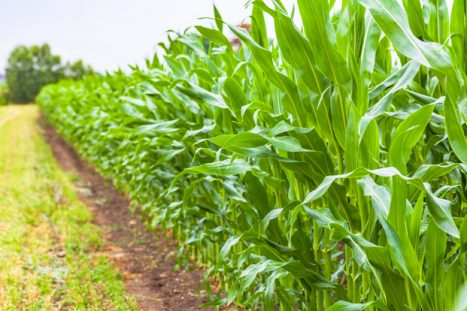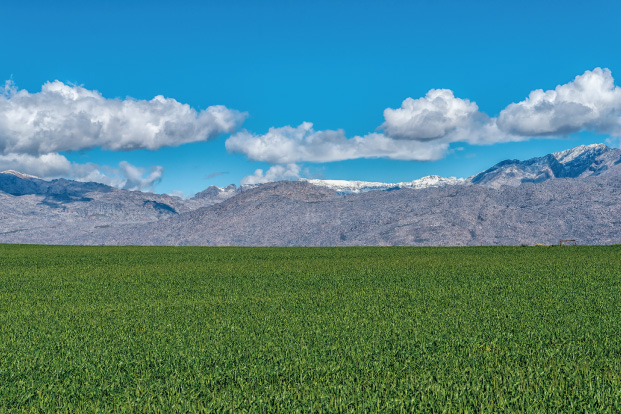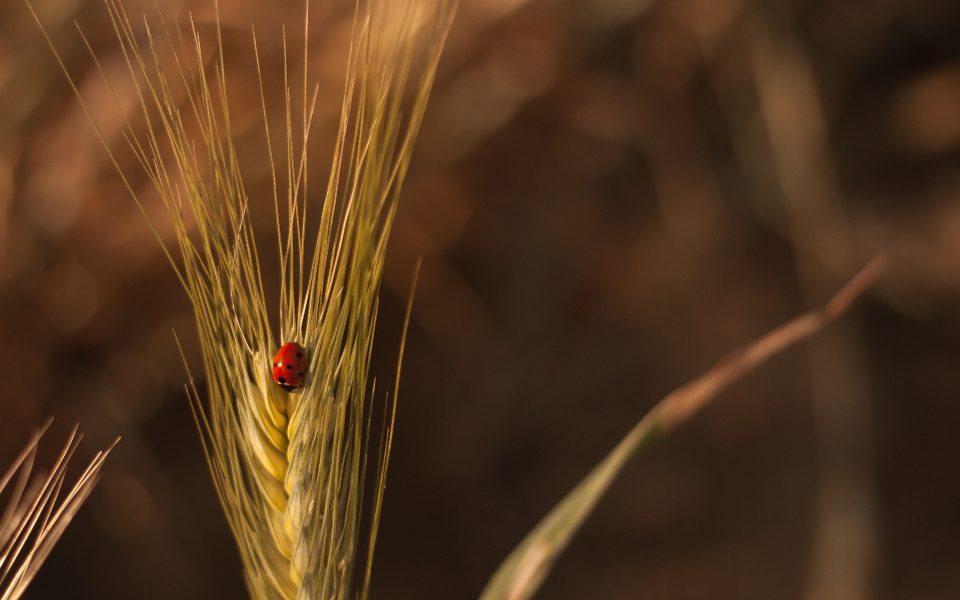How plants learned to save water

Brexit a hot topic for SA fruit exporters
February 22, 2019
SA’s footprint in international markets must grow
February 25, 2019
Tiny pores on the leaves of plants, called stomata, have a huge influence on the state of our planet. Through the stomata, plants absorb carbon dioxide, which is incorporated into carbohydrates, and release oxygen. But they also lose water through open pores, which can be life-threatening for plants in dry conditions.
Plants therefore have developed complex signalling pathways that optimize the opening width of stomata to match the environmental conditions. In response to changes in the availability of light, carbon dioxide and water, they can open or close these pores. How did the signalling pathways that are responsible for this regulation evolve? This is being investigated at Julius-Maximilians-Universität Würzburg (JMU) in Bavaria, Germany, in the team of the plant scientist Rainer Hedrich.
“We are currently collecting and analyzing data from different plant species,” says Professor Hedrich. He explains that this research also has relevance for agriculture: “Knowledge about the evolution of these signalling pathways could feed into breeding efforts to develop crops that can grow with less water.” After all, the majority of the drinking water supplied to plants via irrigation systems is lost through stomatal pores. In view of climate change, plant varieties that can cope well with drought are highly sought-after.
For the full article, visit sciencedaily.com



